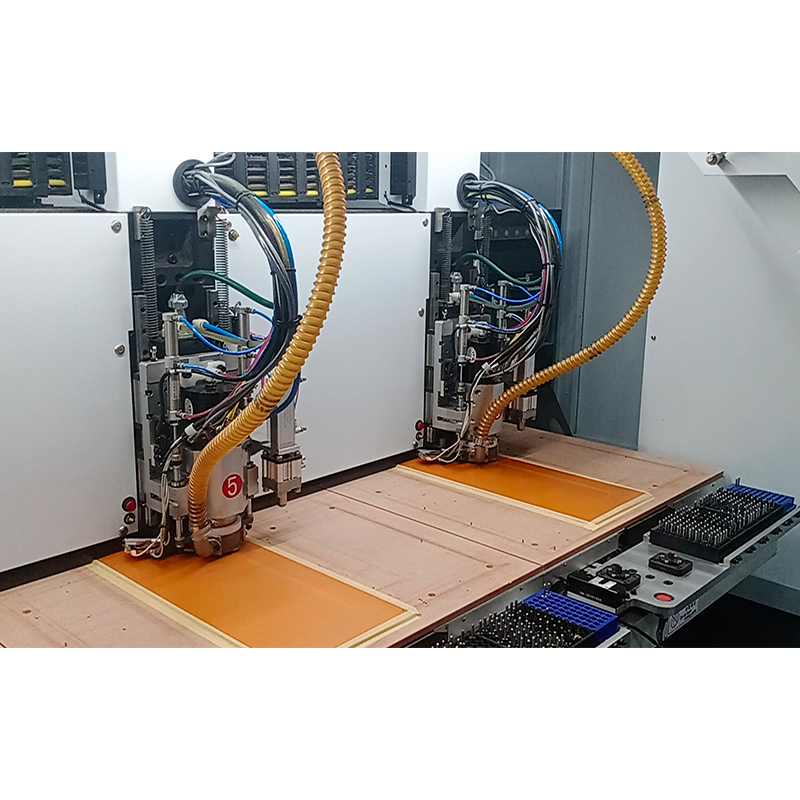High-density applications are quite common for electronic devices, especially those with limited space. These applications require complex circuits and an increasing number of components, all packaged in a limited space. To achieve such high densities, board selection is critical. In recent years, rigid-flex circuit boards have gained popularity due to their unique design and flexibility. But are these boards really suitable for high-density applications? Let’s find out the answer by exploring the characteristics and advantages of rigid-flex circuit boards.
Rigid-flex circuit boards are a hybrid of rigid and flexible circuit boards. They combine the best of both worlds, offering excellent flexibility with the stability and durability of rigid boards. This unique combination makes them ideal for applications requiring complex designs and withstanding harsh conditions. Additionally, rigid flex circuit boards eliminate the need for connectors, thereby reducing the overall size and weight of the device.
One of the main advantages of rigid-flex circuit boards is their ability to accommodate complex three-dimensional designs. Traditional rigid boards and flexible circuits often face limitations when creating complex shapes and designs. Rigid-flex panels, on the other hand, can be bent, folded, or twisted as needed while maintaining their structural integrity. This flexibility enables designers to create compact devices without compromising functionality or performance.
The reduction in size and weight of rigid-flex circuit boards also helps make them suitable for high-density applications. In industries where space is at a premium, such as aerospace, medical equipment and telecommunications, every millimeter counts. The compact nature of these boards allows for the integration of more components, thereby increasing functionality within the same physical space. Additionally, the lightweight nature of these boards makes them ideal for applications that require weight reduction, such as drones or wearable devices.
Another key factor to consider in high-density applications is board reliability. Rigid-flex boards excel at providing excellent signal integrity and reducing the risk of failure. The absence of connectors minimizes potential points of failure, increasing overall reliability. Additionally, the flexible portions of these boards absorb vibrations and mechanical stress, preventing any damage to the components. This is especially important for applications that face constant motion or vibration, such as automotive electronics or handheld devices.
In terms of manufacturing, rigid-flex circuit boards have significant advantages. With fewer components and interconnections, the assembly process becomes simpler and more efficient. This reduces production costs and increases reliability. Additionally, rigid-flex boards typically require fewer solder joints than traditional assemblies, reducing the potential for defects and subsequent failures.
Now, let’s focus on the question at hand: Are rigid-flex boards suitable for high-density applications? Based on their unique features and advantages, the answer is yes. These boards provide the flexibility, reliability and smaller size required for high-density applications. Whether it’s aerospace, medical, or any other industry that requires complex and compact electronics, rigid-flex circuit boards are an excellent choice.
In short, the popularity of rigid-flex circuit boards in high-density applications is well-deserved. The combination of flexibility, stability and compactness makes them ideal for complex designs with numerous components. Their ability to adapt to complex three-dimensional shapes, reduce weight and improve reliability makes them an excellent choice for industries requiring high-density circuitry. So, if you are working on a demanding project with limited space, consider the advantages that rigid-flex boards can offer.
Post time: Oct-06-2023
Back







